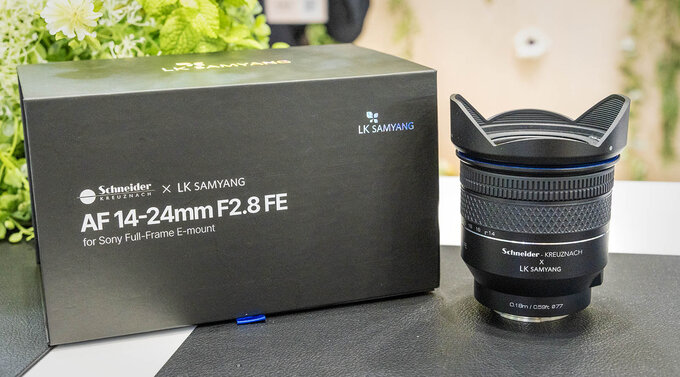Nikon's $9,500 lens is worth every penny
If you shoot sports, wildlife or portraits, the Nikon 120-300mm f/2.8E is your Swiss Army knife
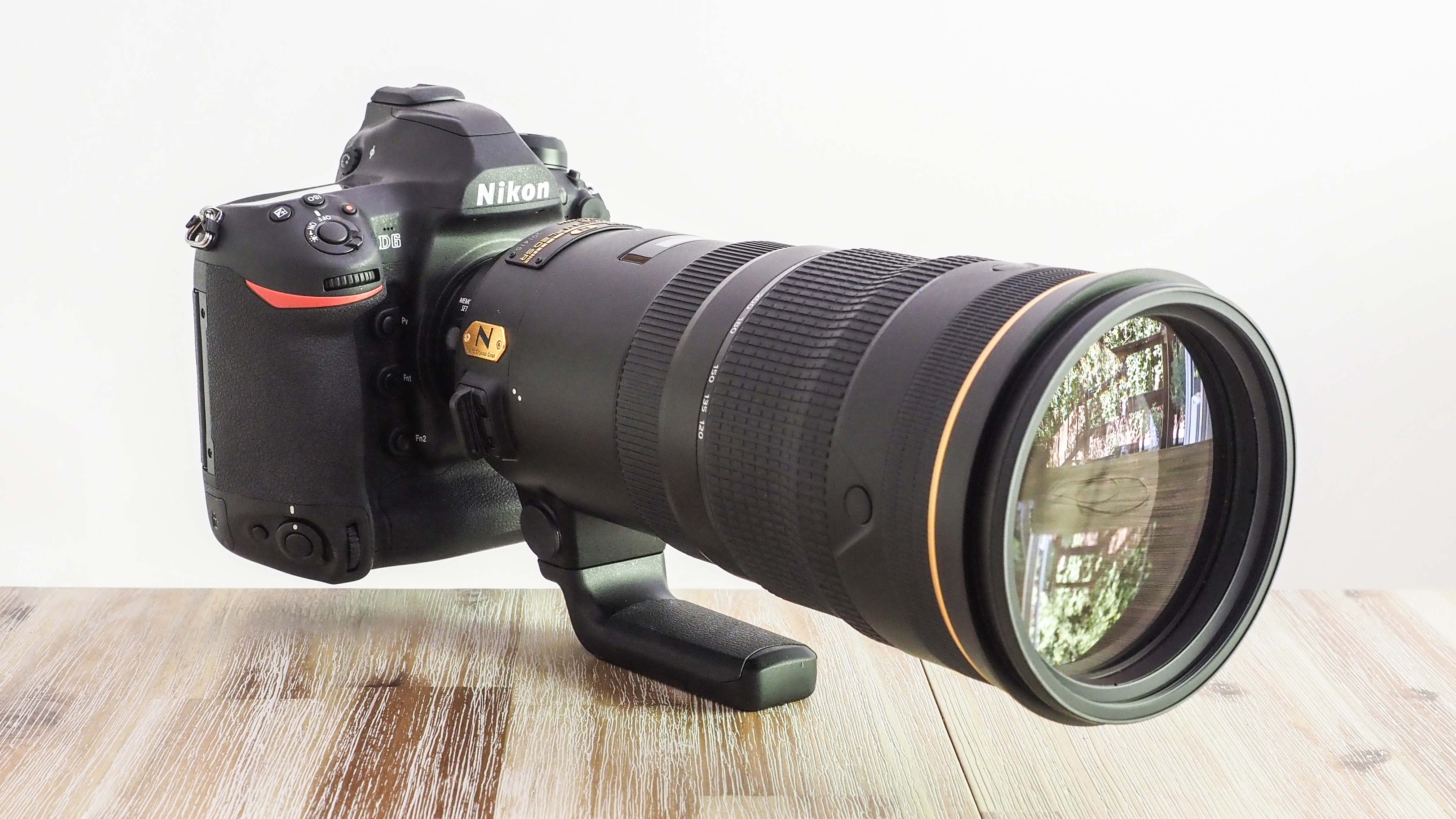
Yes, you read that right: the Nikon 120-300mm f/2.8E AF-S FL ED SR VR is a $9,499 / £9,499 / AU$15,499 lens that is worth every penny.
How is that possible? How can a camera lens even cost as much as a small car in the first place, let alone be worth such a ludicrous price? How could anyone in their right mind pay almost 10K for a lens when there are so many cheaper alternatives – after all, isn't it supposed to be "all about the idea, not about the gear"?
Well, here's the thing: not only is the Nikon 120-300mm f/2.8E one of the best sports lenses we've ever used, it's also exceptional for wildlife (it's admittedly a little short, but it could also be one of the best lenses for bird photography under the right circumstances) and it's one of the best portrait lenses out there.
• Nikon 120-300mm f/2.8E AF-S FL ED SR VR review
The almost unique 120-300mm focal length (only the Sigma 120-300mm f/2.8 DG OS HSM has the same range, but not the same performance) creates a unique middle ground between the typical 70-200mm f/2.8 zoom and 300mm f/2.8 telephoto pairing. And whatever you're photographing, this opens a new shooting scope that isn't commonly available.
Many professional portrait photographers use a 70-200mm f/2.8 as their workhorse lens, but shoot almost exclusively at the longer end – they don't buy this optic to shoot below 100mm.
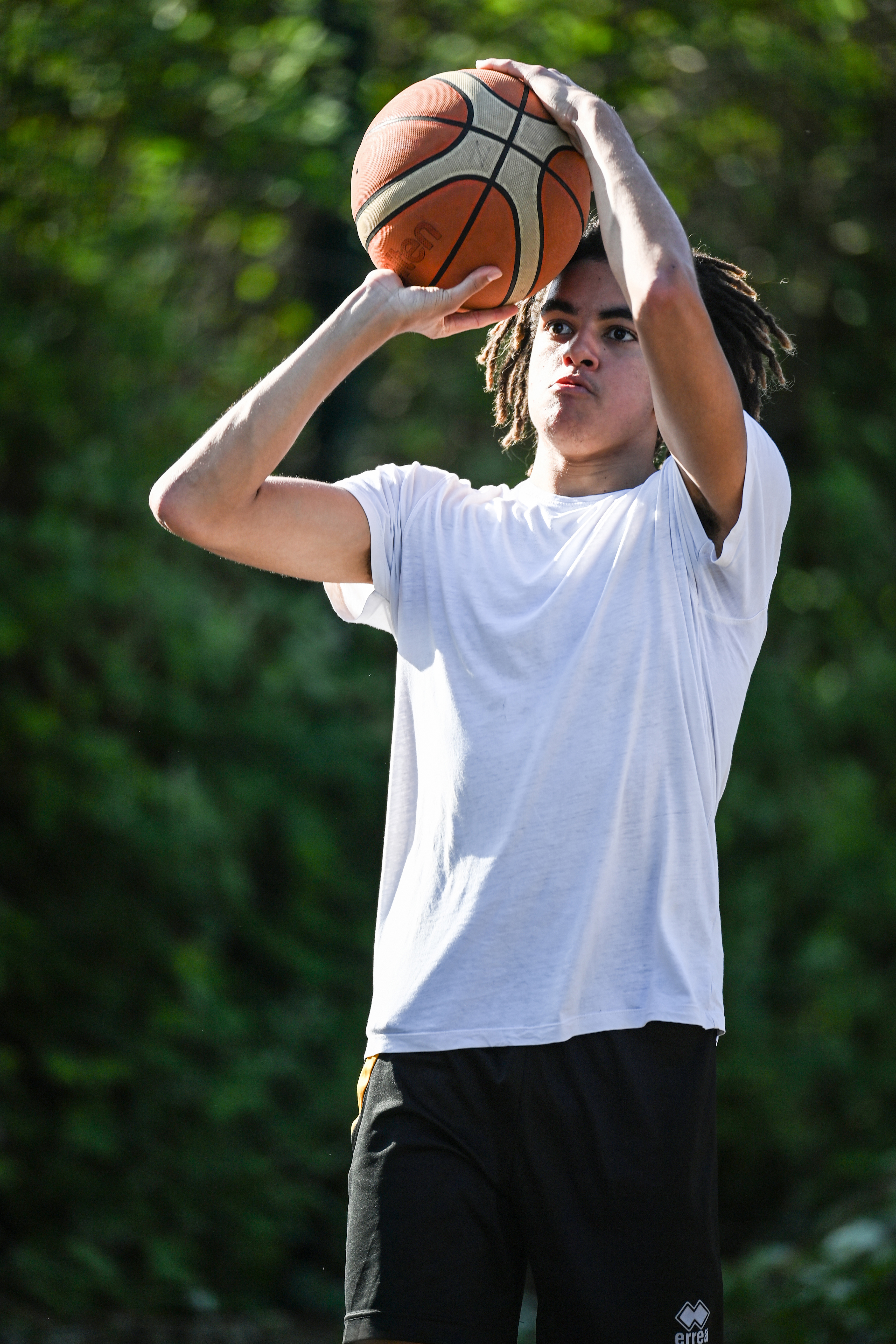

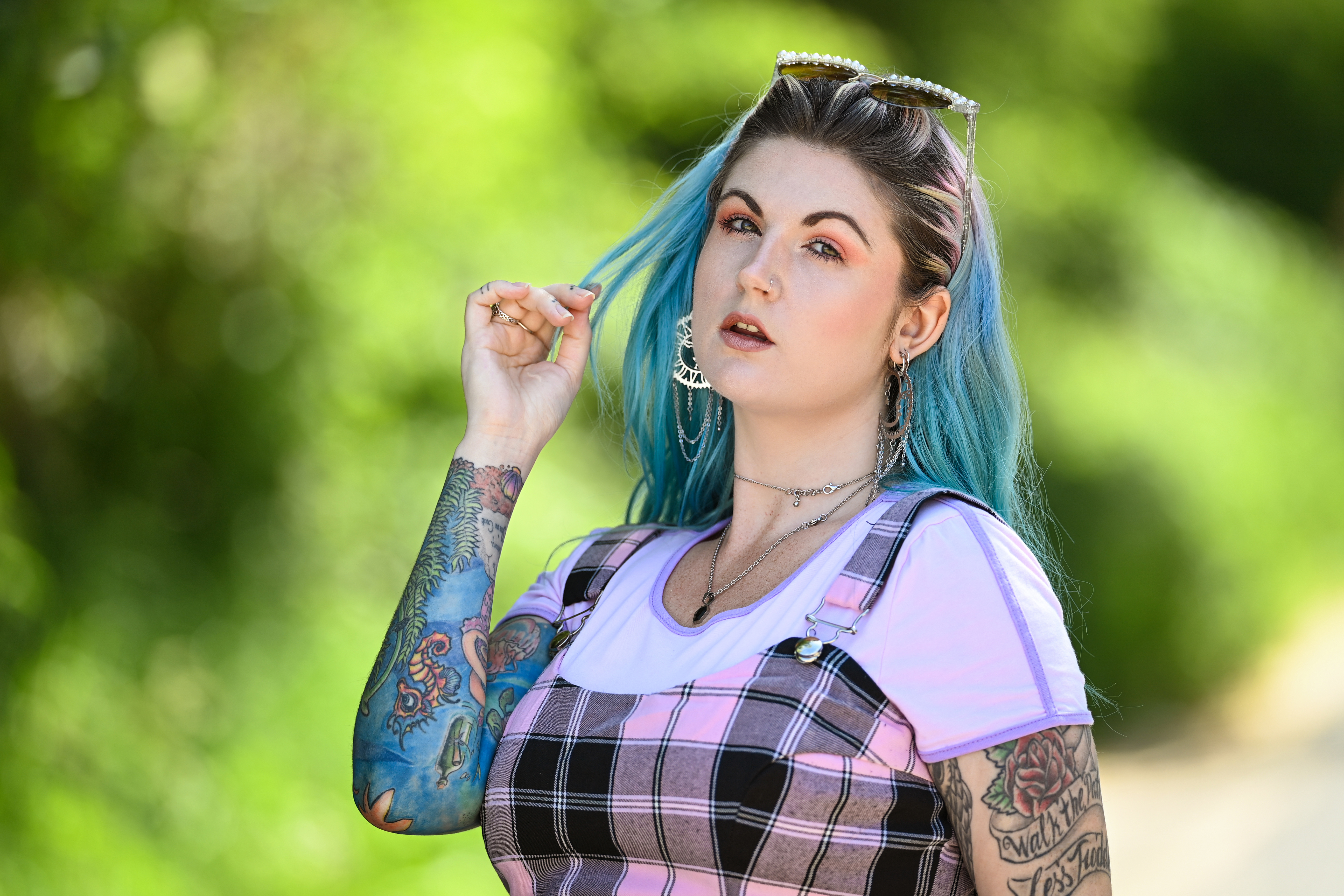
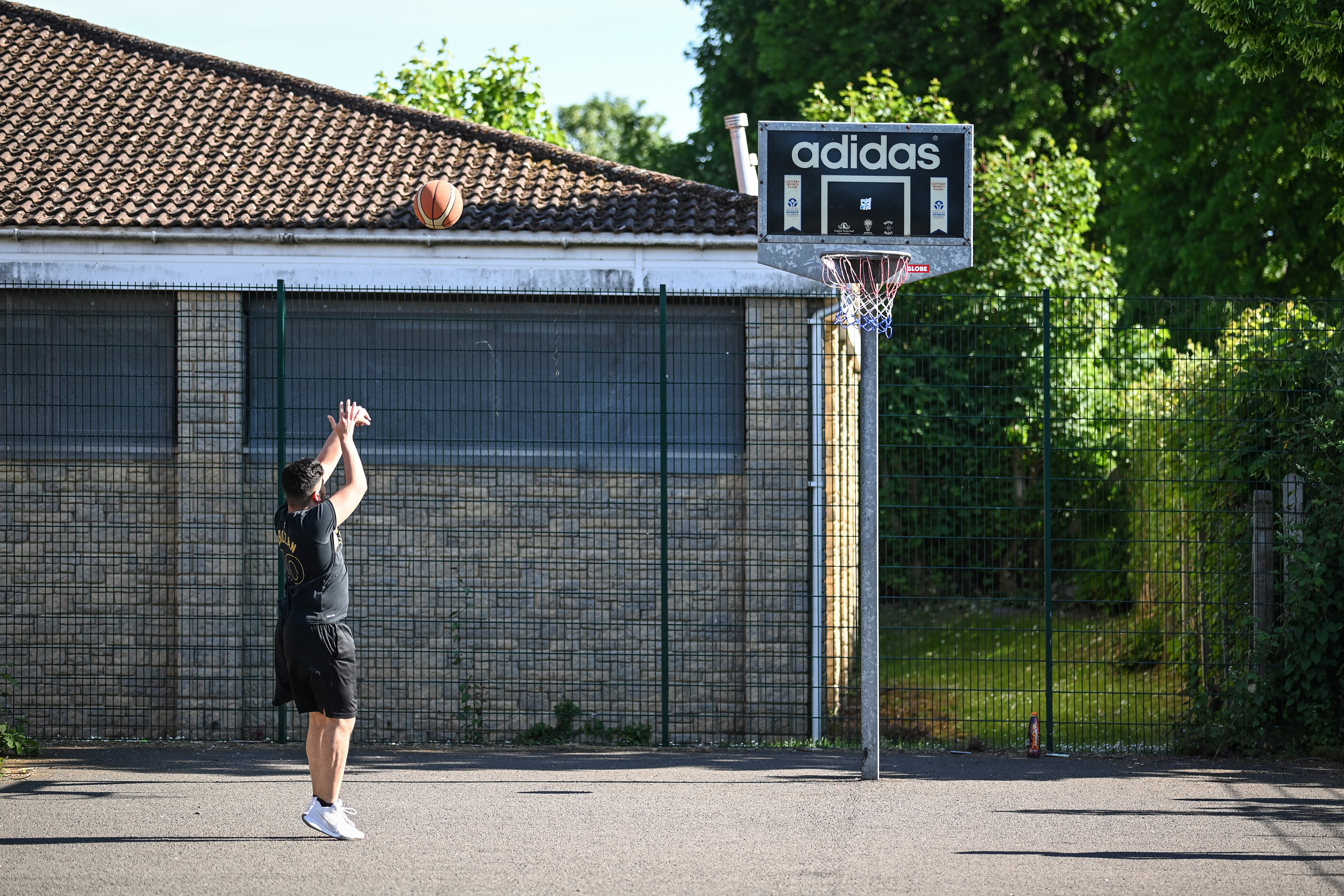

And sports photographers live by the same 70-200mm lens for medium-range coverage, but then there's a gaping 100mm chasm before they can reach for their 300mm (or sometimes 400mm, depending on the sport) telephoto lens, which is often used with a teleconverter.
The best camera deals, reviews, product advice, and unmissable photography news, direct to your inbox!
Ditto the wildlife photographer, who often needs just that little more reach than a 70-200mm can deliver, but doesn't want to be lumbered with the inflexibility of a 300mm prime. The new 120-300mm f/2.8E, then, bridges this sizable gap with a focal option that's absolutely perfect for midrange shooting.
So, does flexibility alone really warrant the price? Does the gorgeous compression and separation that portrait photographers can achieve when shooting above 200mm really warrant spending almost ten grand?
Well, actually, if your job relies on you being able to shoot in the middle ground that you otherwise couldn't, yes – that flexibility alone might make it worth the purchase. However, the 120-300mm also delivers optically outstanding performance. Center sharpness is exquisite, across all focal and aperture ranges, corner sharpness is exceptionally consistent, it's fringing-free, and there's minimal distortion that's only apparent if you're not shooting what this lens is designed for.
Such is the near prime-level performance of this lens that it effectively makes a dedicated 300mm redundant; and when you consider that the Nikon 300mm f2.8 G ED VR II AF-S costs $5,499/£5,399, suddenly that price tag doesn't seem quite so outlandish – especially when you consider the other lenses this can effectively replace.
At the end of the day, it's not a lens for 90% of photographers – just as a macro lens, or a tilt-shift lens, or a soft focus lens isn't for 90% of photographers. However, for the 10% that it's actually intended for, the Nikon 120-300mm f/2.8E is absolutely worth every penny.
Read more:
Best telephoto lens: top zooms for your camera
The best lenses for bird photography
The best lenses for portraits

James has 25 years experience as a journalist, serving as the head of Digital Camera World for 7 of them. He started working in the photography industry in 2014, product testing and shooting ad campaigns for Olympus, as well as clients like Aston Martin Racing, Elinchrom and L'Oréal. An Olympus / OM System, Canon and Hasselblad shooter, he has a wealth of knowledge on cameras of all makes – and he loves instant cameras, too.
